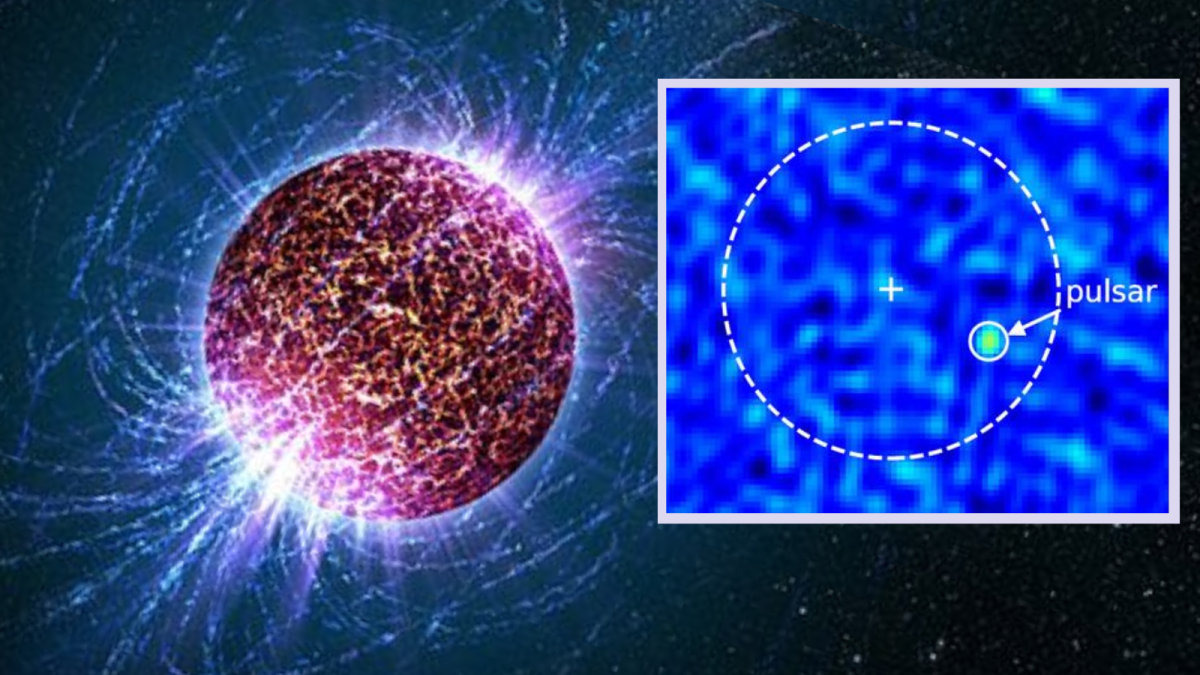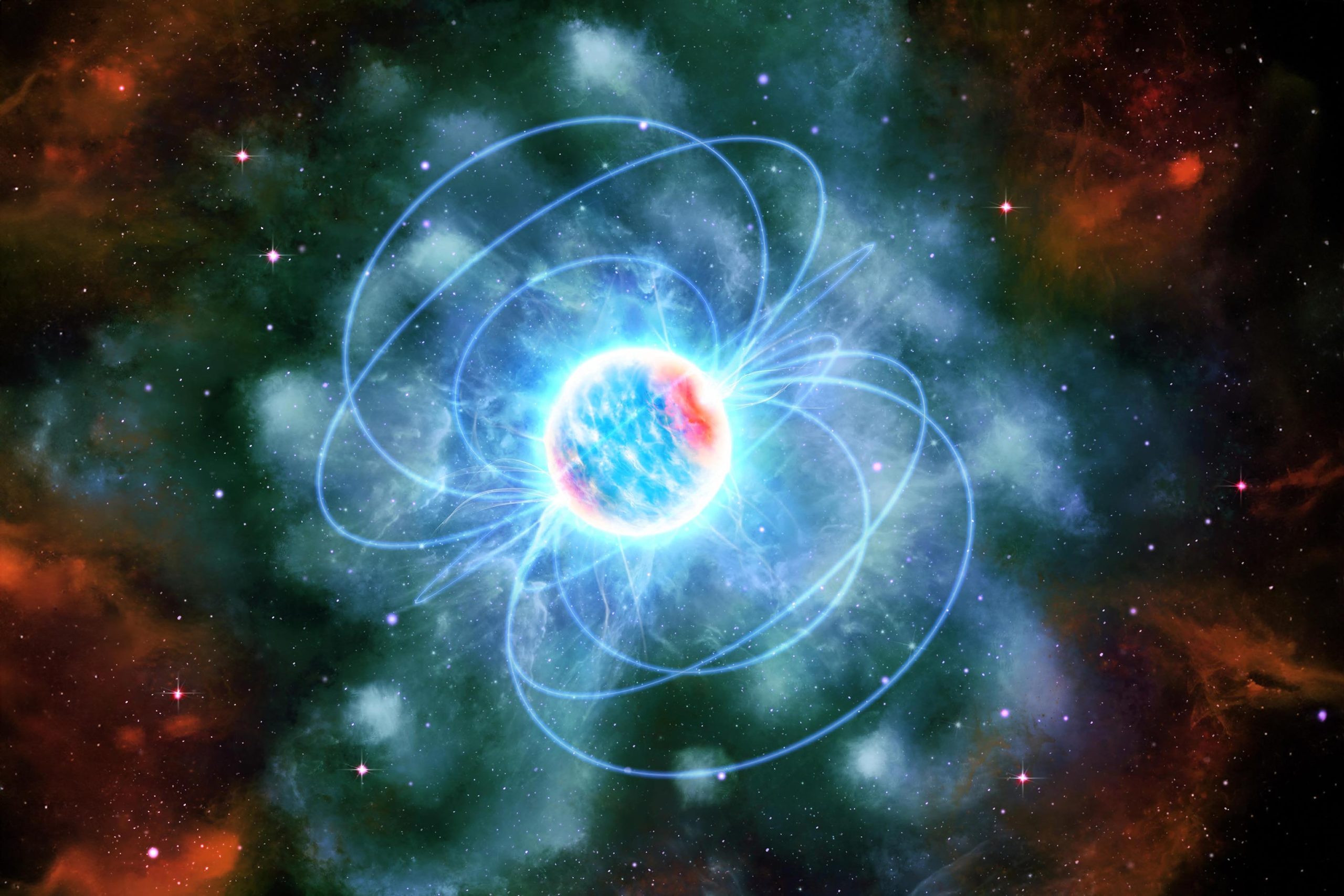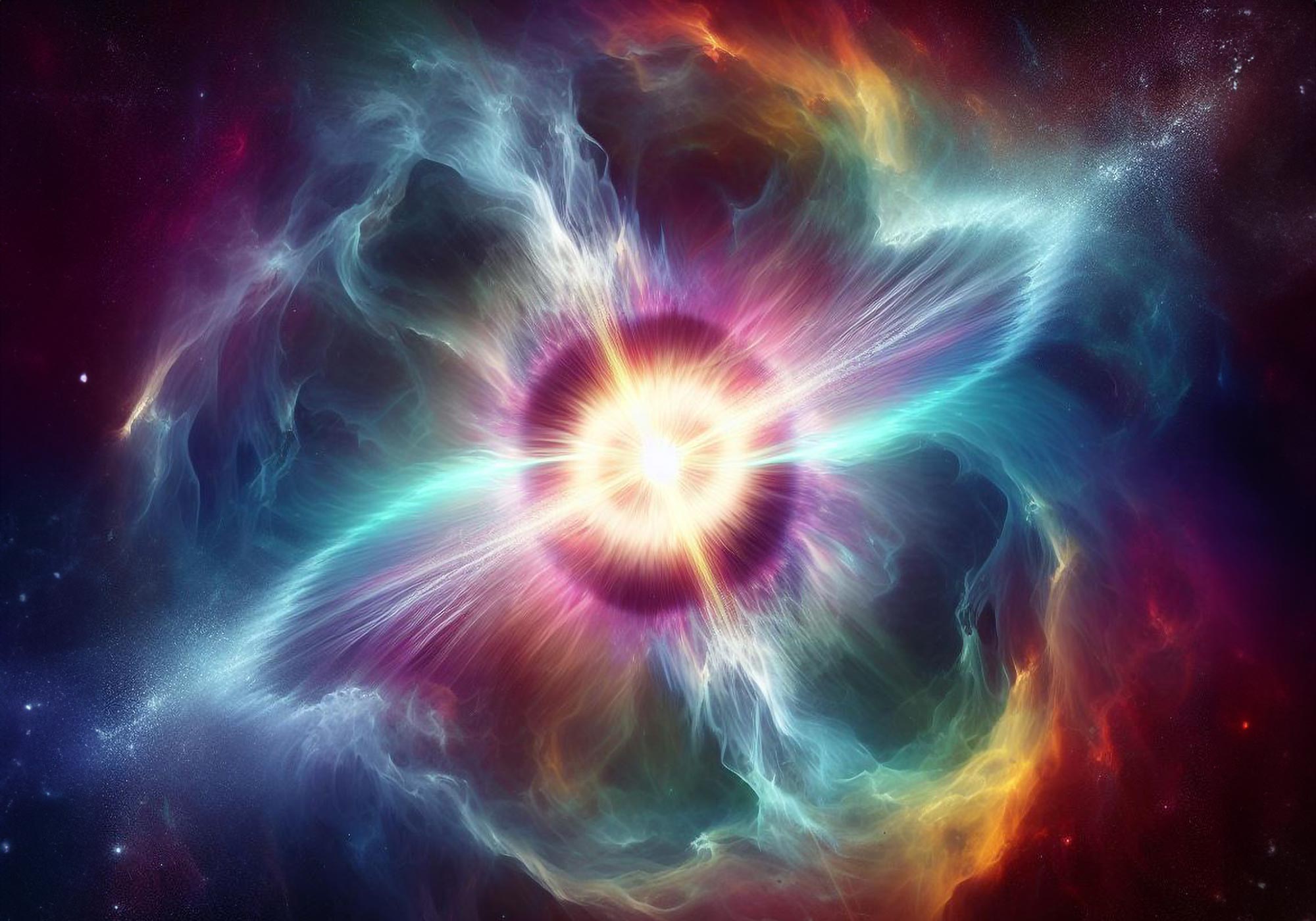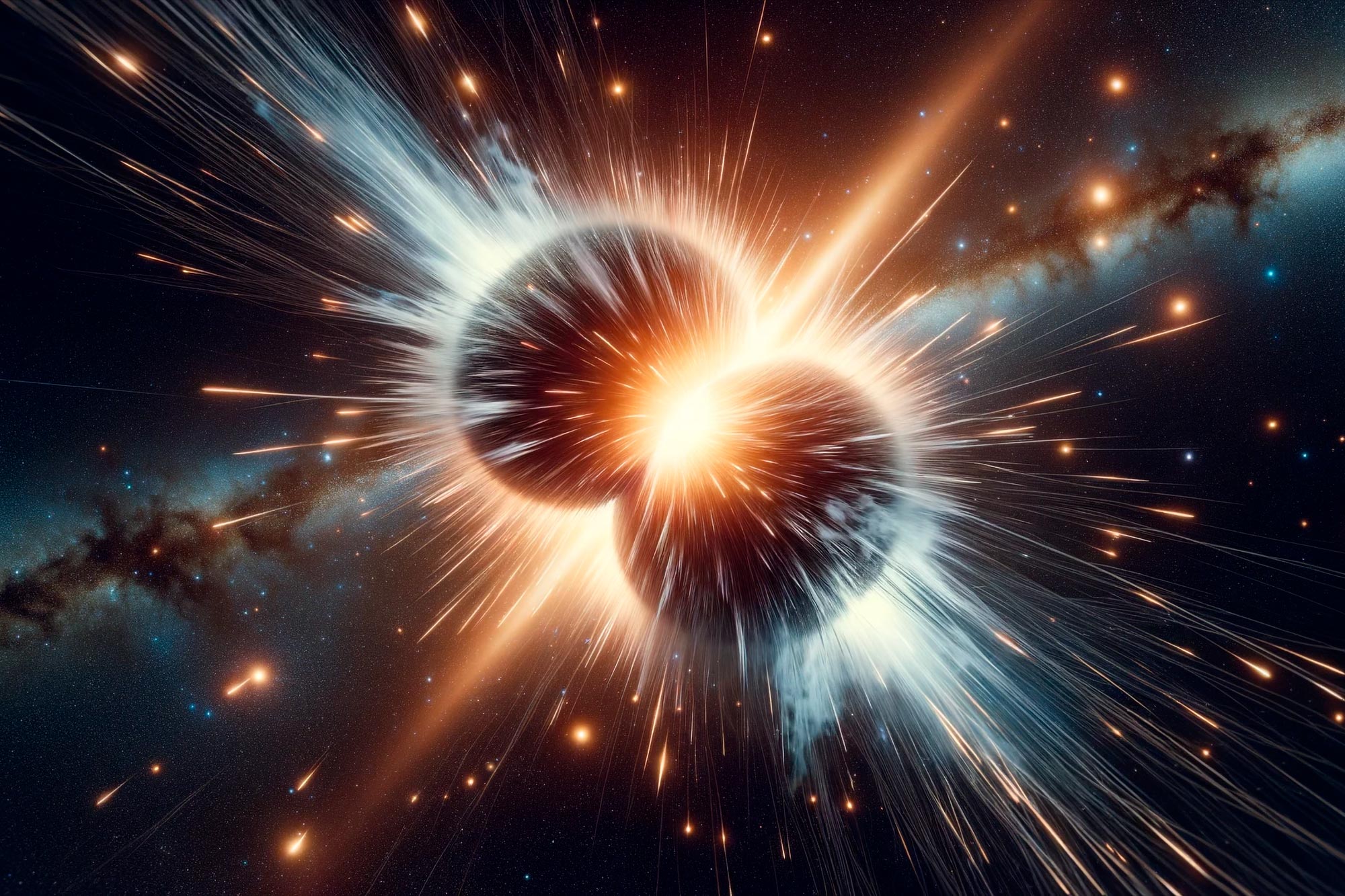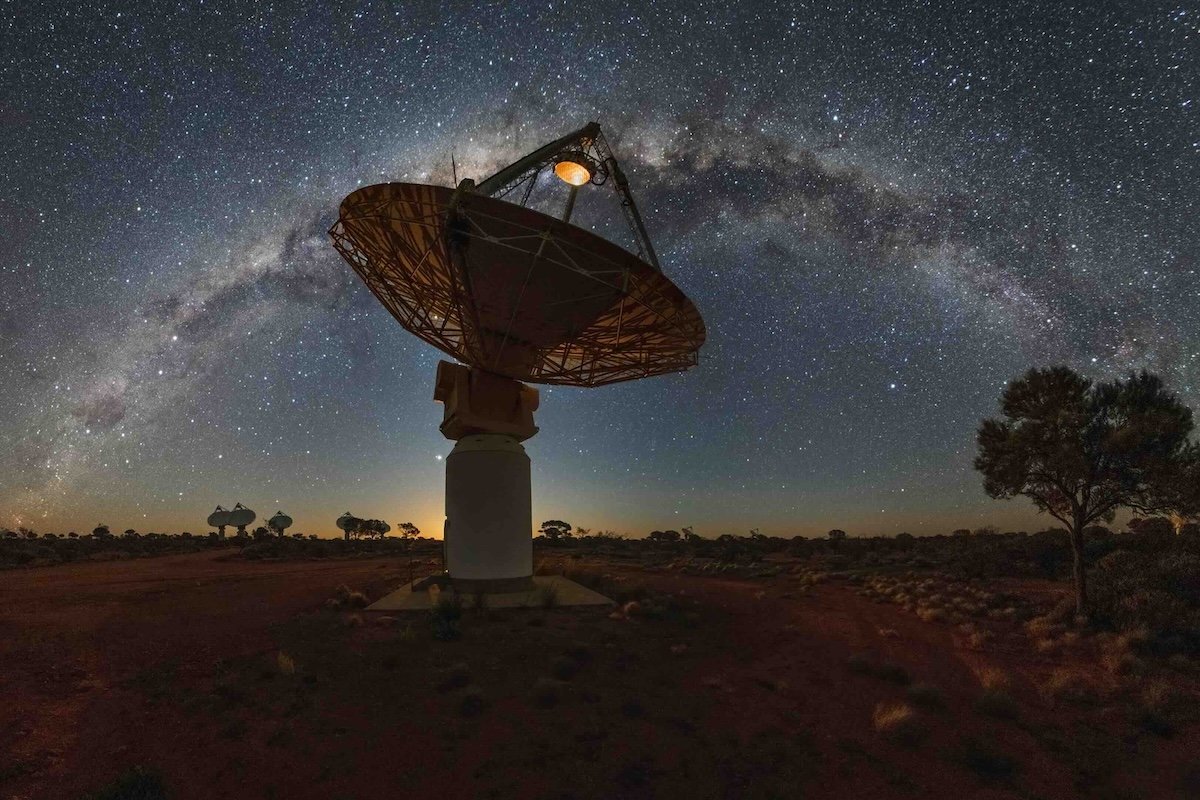Fast-Spinning ‘Extreme’ Neutron Star Discovered by US Navy Intern
Amaris McCarver, an intern at the U.S. Naval Research Laboratory’s (NRL) Remote Sensing Division, and a team of astronomers have discovered a rapidly spinning neutron star that is beaming radiation across the universe like a cosmic lighthouse. The rapidly spinning neutron star, or “pulsar,” is located in the dense star cluster Glimpse-CO1, which lies in … Read more
